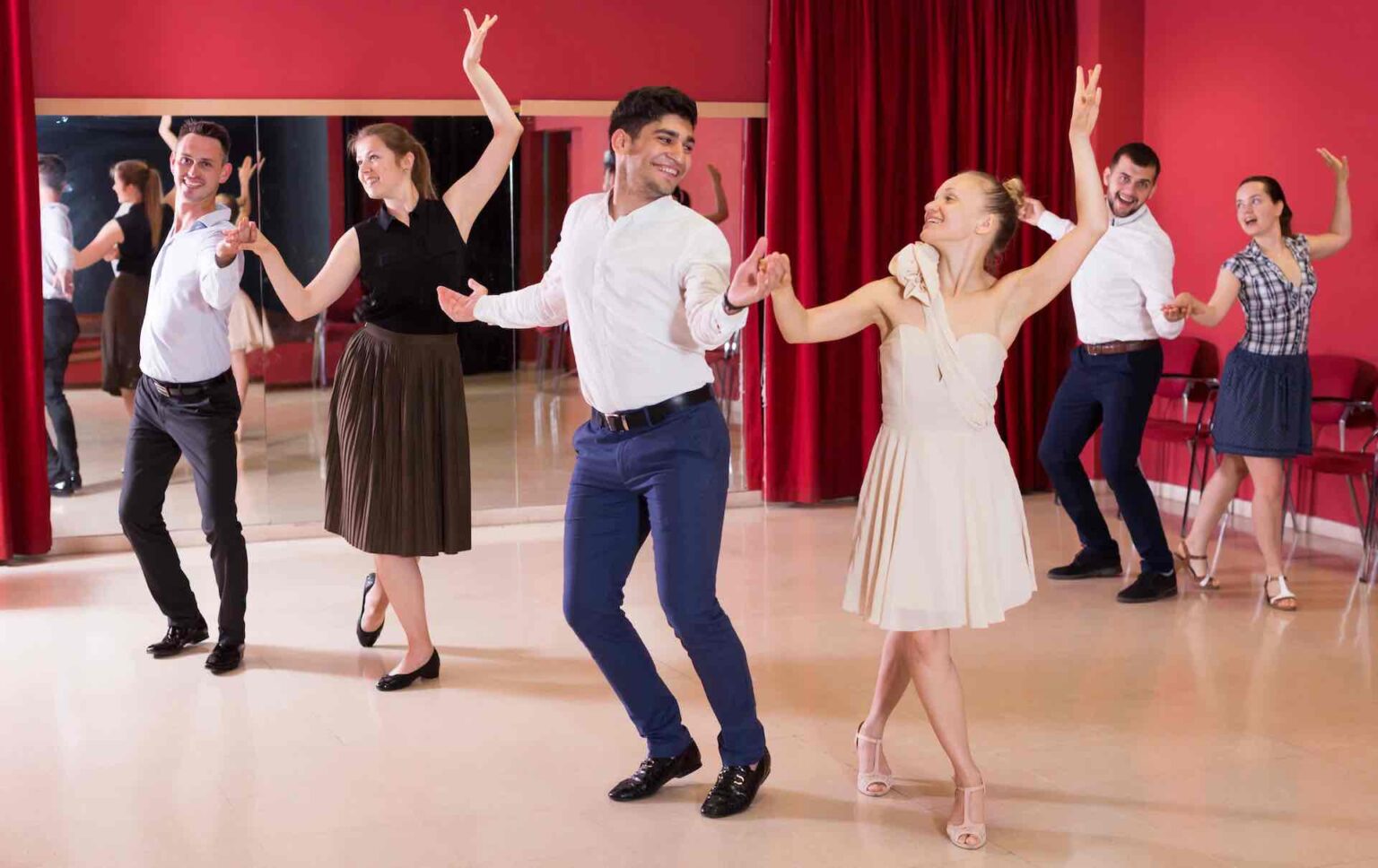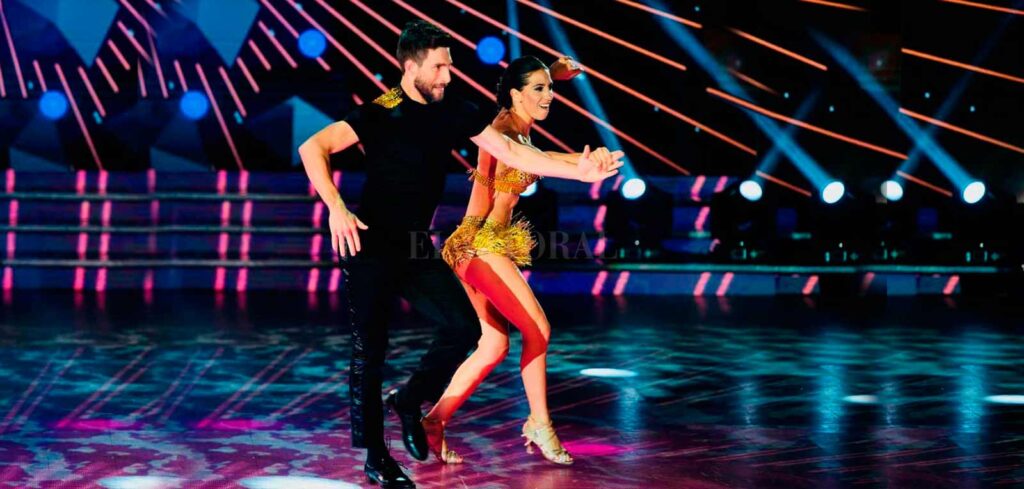
Is dancing to latin rhythms actually a sport?
In the world of rhythm, passion, and artistic expression, competitive Latin dance has emerged as a captivating pursuit that tests both physical prowess and creative finesse. Yet, the question of whether it deserves the label of a recognized sport sparks a spirited debate within the realms of athleticism and artistry.

The Athletic Argument:
Proponents of Latin dance as a sport emphasize its demanding physical requirements. Dancers train rigorously to achieve peak fitness, endurance, and flexibility. The intricate footwork, lifts, spins, and partnering necessitate remarkable coordination and strength.
Latin dances like the Cha-cha, Samba, Rumba, Paso doble, and Jive are executed with precision and athleticism, often pushing dancers to their limits.
Artistry and Expression:Detractors, on the other hand, highlight the artistic and creative elements that distinguish dance from conventional sports. They contend that dance is an art form that uses the body to convey emotions and narratives through movement, music, and style.
The subjective nature of judging dance competitions, based not solely on speed or score, but on interpretation and execution, sets it apart from objective sports like track or swimming.

Global Recognition:
Despite the ongoing debate, competitive Latin dance has gained significant recognition on the international stage. Organizations like the World DanceSport Federation (WDSF) and International DanceSport Federation (IDSF) have been working to establish dance as a legitimate sport by standardizing rules, regulations, and judging criteria for competitive dance events.
Many countries recognize dance sport as an official athletic activity, which allows dancers to access training resources, facilities, and even funding.

In-Between Perspectives:
Some view competitive Latin dance as occupying a unique space that bridges the gap between athleticism and artistry. It requires a dedicated training regimen akin to athletes, yet retains the emotive and creative aspects intrinsic to the performing arts.
While competitive Latin dance may not fit the mold of traditional sports, its undeniable physical demands, competitive structure, and global recognition have elevated it beyond a mere pastime. The intricate choreography, discipline, and dedication required align it closely with both athletic and artistic pursuits.
As society’s perspectives on sports and the arts continue to evolve, the recognition of Latin dance as a sport will likely remain a complex discussion. In the end, whether one labels Latin dance as a sport or an art form, its power to inspire, challenge, and captivate cannot be denied. It serves as a testament to the multifaceted ways in which human bodies can move, express, and compete on a global stage.
—
If you’re ready to take the plunge and embark on your future as a Latin dancer, check out Salsa Sana, learn all about the dancer life, and start your dance training online.



